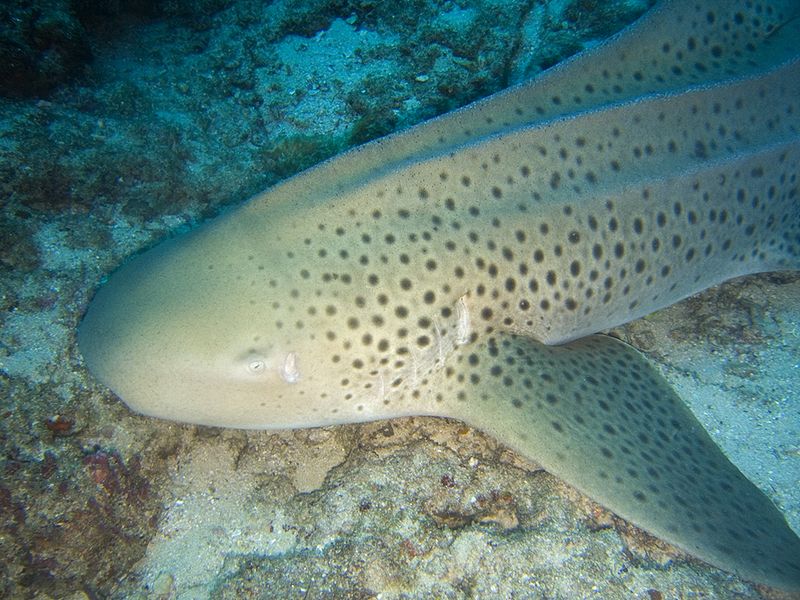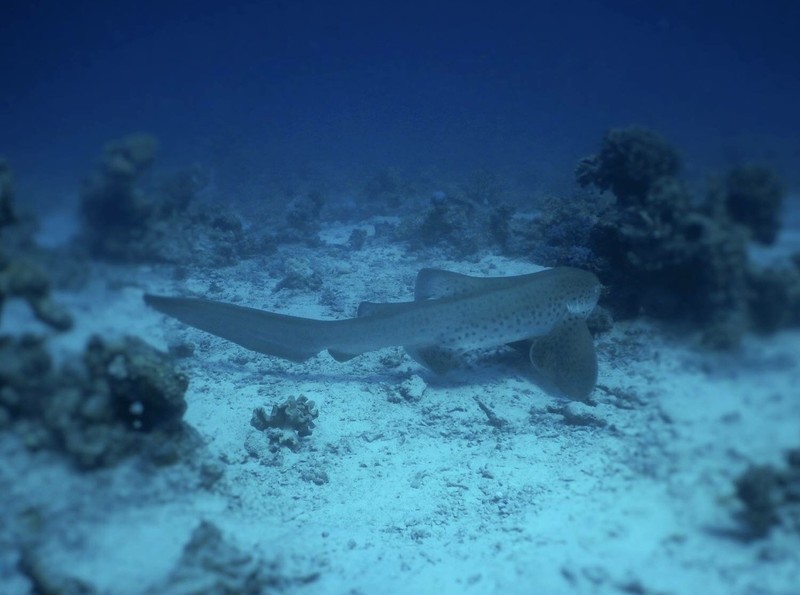

This reluctance comes down, in part, to a lack of captive-bred marine animals to release into the wild. There are lots of ideas, such as bringing back grey whales to the Atlantic, or Dalmatian pelicans to the UK, but so far only a few have actually been tried out. But the notion of returning large, charismatic animals to the ocean is only just beginning to catch on. With no firm definition, initiatives to replant seagrass meadows and re-establish extinct oyster reefs arguably come under the rewilding umbrella. When it comes to putting back lost and vanishing species, be it Yellowstone wolves or British beavers, the underwater realm has been trailing behind its terrestrial counterparts. Giant clam reintroduction is a relatively rare case of what on landmight be called rewilding. However, the cages also exclude herbivorous fish, so the clams can easily get overgrown by seaweed, which is where the regular toothbrushing comes in. They’re still vulnerable to fishing and poaching, but if carefully guarded the giant clams do well and have become symbols of healthy corals reefs inside well-managed marine protected areas.Ī key to their early survival is rearing them in cages to keep them safe from predators until they’re large enough to survive by themselves. Australian clams were imported to start a captive breeding programme, and subsequent generations of their offspring have been released on coral reefs across Fiji. Here in Fiji, giant clams or vasua as they are known, were so heavily overfished for their meat and shells that by the 1980s they were thought to be extinct locally.

It’s a giant clam but a young one and still just a handful.

They are kept in aquaria.K neeling on the seabed a few metres underwater, I pick up a clam and begin gently cleaning its furrowed, porcelain smile with a toothbrush. They are taken in many fisheries and their coral reef habitat is threatened. Vulnerable on the International Union for Conservation of Nature (IUCN) Red List. Tend to be sluggish by day and more active at night. Often seen resting, propped up on their pectoral fins, mouth open, facing the current. Lays large dark brown to purple-black egg cases anchored to the bottom with tufts of fibers. Prey – Mollusks, crustaceans and small bony fishes. Indo-west Pacific tropical and continental and insular shelves, eastern Africa to Japan, New Caledonia and Palau. Adults and juveniles rest in coral reef lagoons and channels, but the striped young are rarely seen and may be in deeper water (>50 m).

Most of these sharks average slightly more than 8 ft, and maximum size is thought to be just over 11 ft. Males mature between 4.7 to 6 ft, while females mature around 5.5 to 5.75 ft. The shark is approximately 8 to 14 inches when hatched. These saddles break up into spots in sharks 20 to 35 inches in length, and are more uniformly distributed on large sharks. The young are yellowish below, dark brown above with vertical yellow stripes and spots separating dark saddles. Its body has very distinct ridges and spots. A large, slender shark with a large broad tail as long as its body.


 0 kommentar(er)
0 kommentar(er)
